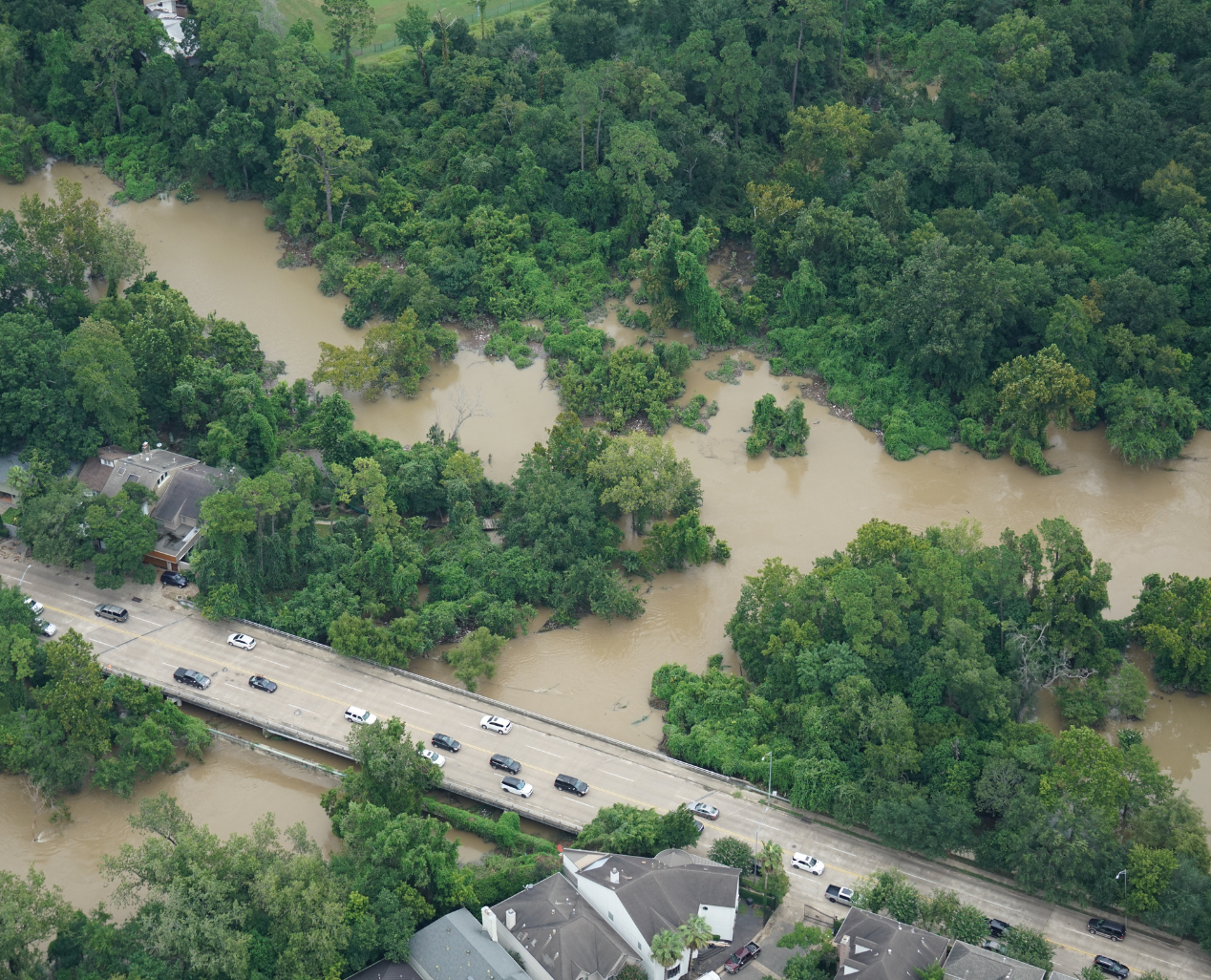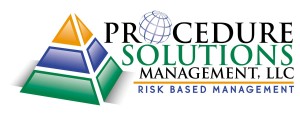
In extreme weather circumstances, your procedures must include an emergency preparedness plan that considers single, multiple, and common mode failures.
On August 21, the National Oceanic and Atmospheric Administration (NOAA) stated that they predict “above average” activity for the remainder of the 2023 Atlantic hurricane season. The CSB is urging the chemical industry to act now to prepare for potentially more frequent and more powerful hurricanes and other extreme wind events in the months ahead.
In these extreme weather circumstances, your procedures must include an emergency preparedness plan that considers single, multiple, and common mode failures. When you think about your facility’s emergency preparedness procedures, are you confident they provide the direction you need?
Arkema Chemical Plant Fire
To fully reflect on this question, consider the video below provided by the Chemical Safety Board (CSB) – “Caught in the Storm: Extreme Weather Hazards.”
This video discusses how, on August 31, 2017, fires erupted at the Arkema Chemical Plant in Crosby, Texas, due to heavy rain from Hurricane Harvey. Plant equipment flooded and failed, resulting in a loss of cooling to stored chemicals. This caused the chemicals to decompose and burn, releasing fumes and smoke into the air. Twenty-one people sought medical attention from reported exposures to the fumes. More than 200 residents living near the facility were evacuated and could not return home for a week.
This video further discusses the shortcomings of Arkema Chemical Plant’s Hurricane Preparedness Plan. Note how the staff, despite having a plan, was forced numerous times to take actions beyond their prepared direction, resulting in what the CSB described as a common mode of failure.
According to the Center for Chemical Process Safety, a common mode of failure “is the result of one or more events, causing coincident failures in multiple systems or on two or more separate channels in a multiple channel system, leading to system failure.”
Arkema had multiple safety systems in place to ensure the chemicals were kept cold. Their layers of protection included refrigeration systems in low-temperature warehouses, emergency generators in case of a loss of power, alternative cooling methods such as liquid nitrogen, and refrigerated trailers to temporarily store the chemicals. All these layers of protection failed due to the same flood water that caused the facility to lose electrical power.
Level of Detail Ensures Success
Arkema’s safety preparedness plan did not contain the proper level of detail for its workers to be successful. It’s important to remember that every procedure step has three primary parts that are essential for level of detail—the who, what, and how. These components must be present in your action steps to properly answer who performs the specific task, what task is to be performed, and how to correctly perform the task safely and efficiently. If your procedure is written at the “what-to-do” level of detail, the error rate is 1:2 to 1:10. For a procedure written at the “how-to-do” level of detail, the error rate decreases to 1:100 to 1:1000. At a time when you find yourself at the highest risk of failure, does your plan have the level of detail necessary for putting you and your team at the highest level of success?
Emergency plans are often written vague to provide the greatest level of flexibility. However, this flexibility can set you and your staff up for significant failure. A balanced approach has to be provided, ensuring the plan and associated procedures consider single failures and the possibilities for multiple failures resulting from a common mode of failure. This was the case at the Arkema plant, where flooding was beyond historic levels and resulted in multiple equipment failures.
Takeaways:
It is better to have the direction preplanned rather than trying to figure out the direction when you may not have all the resources available or the time needed to map out the best recovery actions.
- When looking at plant readiness for extreme weather hazards, do not fall short in the preparation activities by only looking at the equipment needed for accident response.
- Evaluate the procedures required to provide the road map for success.
- Ensure the procedure level of detail matches the experience of your workforce as it stands today—not years ago when the procedures were first written.
- Ensure the procedures account for single and multiple failures resulting from a common mode, such as flooding or wind damage—addressing the “what if” mentality for potential common mode failures.
Extreme weather events are increasing, but you can reduce their impact by creating a preparedness plan that provides a sufficient level of detail and considers the common modes of failure.
For more procedure writing tips, make sure to follow us on LinkedIn and Facebook. For even more procedure writing tips, visit our training page to learn about our upcoming Procedure Writer Certification Courses.




